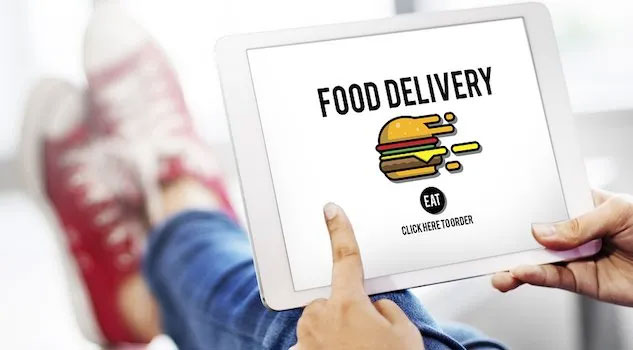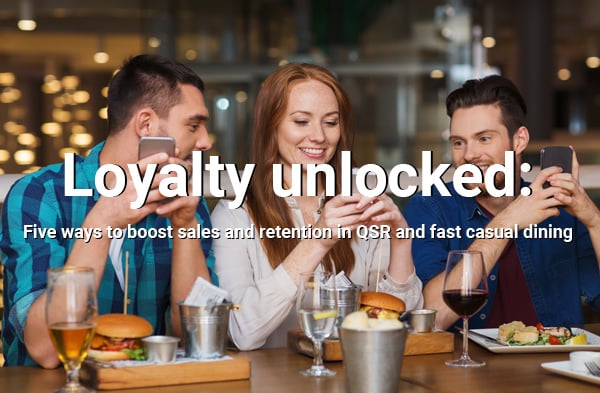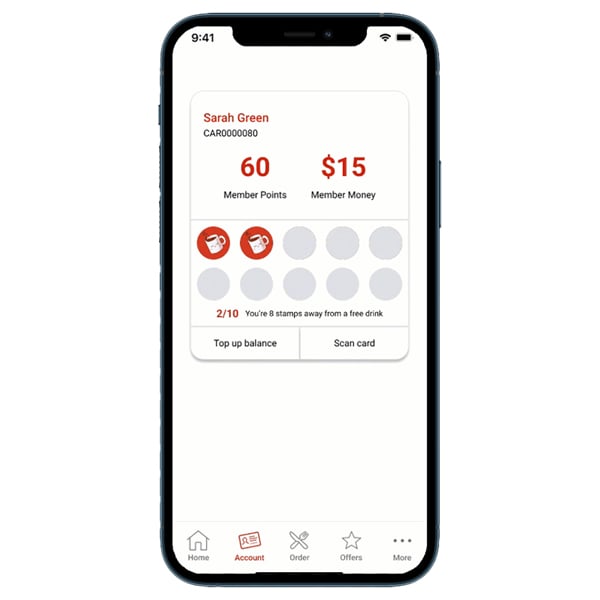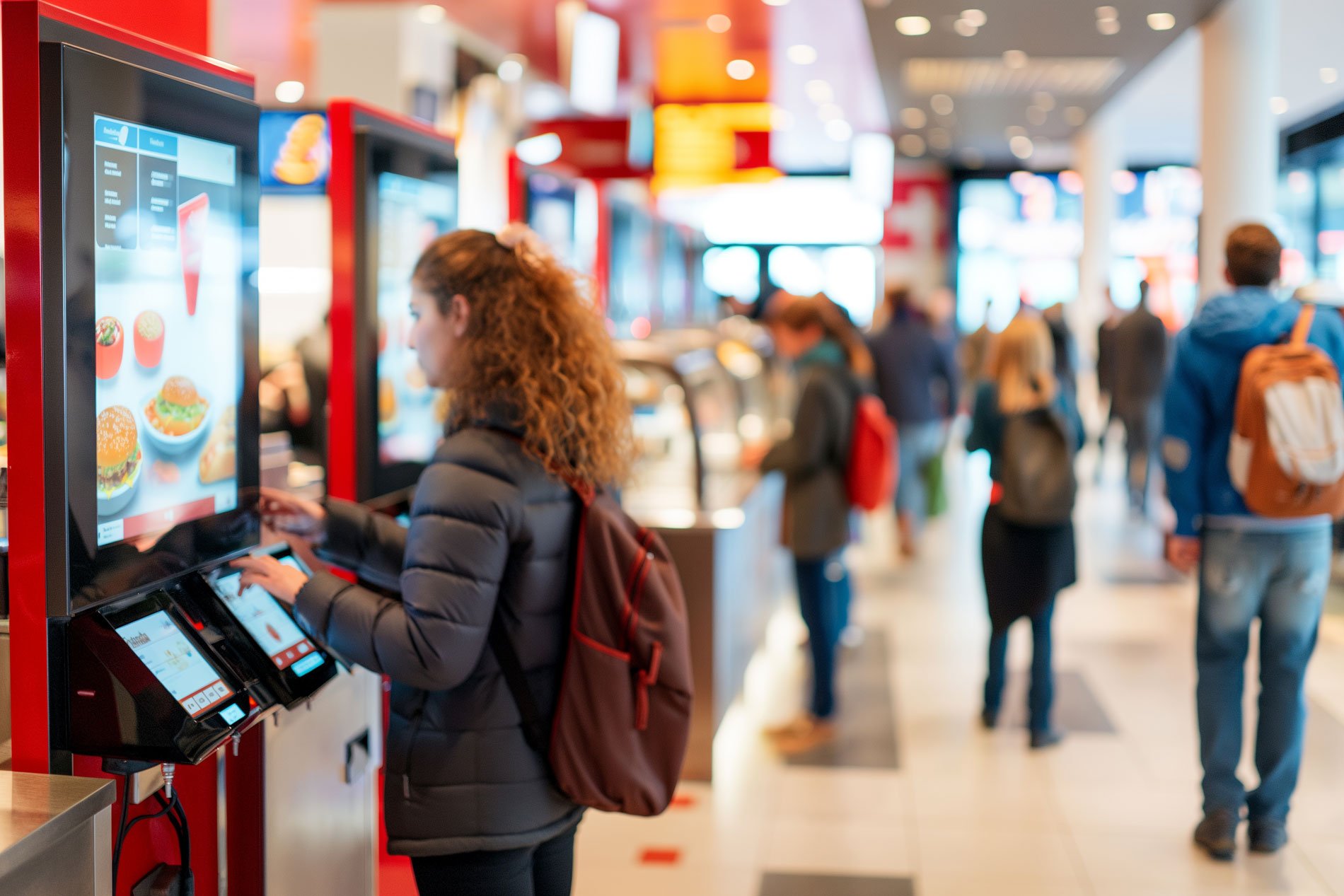Loyalty unlocked: Five ways to boost sales and retention in QSR and fast casual dining
If you’re in the QSR or Fast Casual Dining business, then you certainly don’t need us to tell you how competitive the sector is. There’s always...
2 min read
Louie Scarpari : 11/01/2023 9:50:01 AM

In the wake of COVID-19, the hospitality industry was brought to its knees. Businesses that already offered takeaway or delivery had a slight reprieve; businesses that could afford to get online through delivery apps did so albeit at a great cost to their profit. Businesses that couldn’t get online – either due to technology limitations or inability to survive a large chunk of profits being eaten by delivery apps – simply closed their doors.
However, we saw innovation and entrepreneurship as businesses pivoted, expanding their offerings and revenue streams, including meal kits, gourmet dine-at-home packages and menus and fresh produce takeaway and delivery.
Don’t let delivery die
The world, and especially hospitality, won’t look the same post-COVID-19. In some instances, the changes the industry made may have made their businesses better.
Delivery and online are key components in this – we have seen prominent restaurants and chefs offer at-home versions of their famous cuisine. It’s likely this has opened their restaurants up to those who may not have visited otherwise and kept long-time fans happy during lockdown.
Even though restrictions are being lifted, It’s risky switching delivery or takeaway off and removing the value it is adding.
Don’t compromise dine-in
If you’ve introduced delivery during COVID, the smart way to keep it running efficiently is to create a separate menu more suited to delivery, with meals that are quicker to prepare. This won’t impact wait time for dine-in customers and will keep the integrity of the meal, so it’s still appealing once delivered.
It’s time to move to an integrated point of sale (POS) with online ordering platforms.. Going online automatically passes the Uber Eats, Deliveroo, Menulog, DoorDash and Google orders from the tablet, straight into the POS and kitchen for production. Grill’d and Nando’s have moved in this direction and have cited improved efficiency with less time taken to manage aggregator orders, reduced errors and streamlined reconciliation.
If this isn’t feasible due to cost, consider an online delivery and ordering option. No separate hardware is required, businesses can be online within five days and can optionally use their own drivers. All you need is a computer with access to the internet to receive the order, and you keep the majority of your profits.
Google ordering: the next evolution
Making things even easier for end-users, they can now order their meal right on Google Search and Maps. They simply need to search for a restaurant or type of cuisine, and then look out for the “Order Takeaway” or “Order Online” buttons to complete the transaction without leaving Google Search or Maps.
What this means for businesses is it gives the restaurant exposure to their local customer base within Google Search and Maps. The restaurant also owns the customer relationship.
Pick a partner, not a provider
It’s crucial to align with a technology partner that can help you digitally transform your business long term. Think about integration into accounting, payment, rostering and inventory systems; being able to engage with customers through a loyalty app or marketing platform; having business data and reporting on-hand in a real-time secure environment; and having a partner that is prepared to work with individual needs to tailor the platform for them.
Some good will certainly come from this crisis, and there’s still the time and the opportunity to implement systems that will work with the new normal. Look at how delivery and takeaway can be a key ingredient to success, and what your digitally savvy businesses could look like.
Lawrence Pelletier, Sales and Marketing Director, Redcat

If you’re in the QSR or Fast Casual Dining business, then you certainly don’t need us to tell you how competitive the sector is. There’s always...

Digital Stamp Cards Digital Stamp Cards provide a modern and secure method for enhancing customer loyalty and engagement, surpassing the traditional...

In today’s fast-moving QSR environment, customer expectations have shifted. Consumers are no longer simply choosing where to eat based on price or...